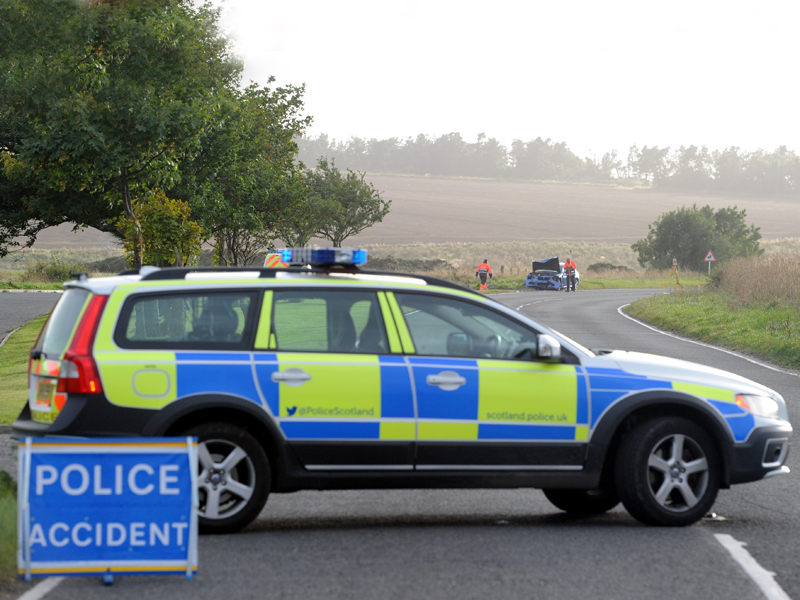A decision to target the north and north-east with more traffic officers as part of a drive to cut the carnage on the roads has been welcomed by Scotland’s police watchdog.
An HM Inspector of Constabulary report on road policing following the creation of the single nationwide force says the number of fatalities increased last year – despite an overall drop in the number of accidents.
It says that most fatal crashes were in rural areas, with Aberdeenshire and the Highlands recording the biggest rise – up from 23 in 2012 to 41 last year.
The report says the high number of deaths in the north and north-east was “not a new phenomenon”, with research by Transport Scotland showing seven in ten road deaths were on country roads.
“Between 2002 and 2012 there were 280 road deaths in Aberdeenshire, or an average of 28 per year,” the report reveals.
“We therefore welcome the approach by Police Scotland to redistribute road policing resources based on casualty data and its commitment to provide additional specialist officers to the north of Scotland.”
An analysis of last year’s 14% increase in the number of fatalities across Scotland showed the rise was mainly due to a 55% increase in the number of motorcyclist deaths, up from 18 to 27, and a 50% increase in cyclist deaths, from just one to twelve.
Neil Greig, of the Institute of Advance Motorists, said the main cause of the north-east’s poor accident record was bad driving and the police were right to concentrate resources.
The HMI report found that enforcement had increased “significantly”, with a 36.8% increase in speeding detected offences to December 31, 2013.
One of its key recommendations was for Police Scotland to examine the extent to which targets delivered results and the impact on public confidence.
Superintendent Iain Murray, head of road policing, said: “No specific, individual targets are set for officers but activity is monitored and measured to ensure that officers are focussing their efforts on our areas of greatest risk and that there is consistency in the approach of Police Scotland across the country.”
HM Inspector of Constabulary for Scotland Derek Penman said: “Overall, we conclude that the new road policing model is working effectively and is strengthening the connections between police services and communities.”
